LDL Cholesterol Reduction Calculator
Find out how much your LDL cholesterol might reduce with alternative medications if you can't take statins.
Expected LDL Reduction
New LDL Level
typically reduces LDL cholesterol by .
Estimated monthly cost:
For many people, statins are the go-to for lowering cholesterol. But if you’ve tried them and ended up with muscle pain, fatigue, or worse, you know how frustrating it can be. You’re not alone. Around 7% to 29% of people can’t take statins because of side effects - and that’s where ezetimibe and bempedoic acid come in. These aren’t flashy new drugs. They’re practical, proven options for people who need to lower their LDL cholesterol but can’t rely on statins.
How Ezetimibe Works - and Why It’s Still Used
Ezetimibe, sold under the brand name Zetia, has been around since 2002. It doesn’t touch your liver like statins do. Instead, it blocks a protein in your small intestine called NPC1L1. That’s the same protein your body uses to absorb cholesterol from food. By stopping it, ezetimibe cuts how much cholesterol gets into your bloodstream by about half.
As a standalone treatment, ezetimibe lowers LDL cholesterol by 15% to 22%. That might sound small compared to statins, which can knock down LDL by 50% or more. But here’s the thing: when you add ezetimibe to a low-dose statin, you get an extra 18% to 25% drop. That’s why many doctors still prescribe it - even with statins - to help patients reach their targets.
And the cost? It’s hard to beat. Generic ezetimibe costs as little as $4 a month through Medicare Part D. For people on tight budgets, that’s a big deal. It’s also well-tolerated. Most people don’t feel any side effects. A few report mild stomach upset or fatigue, but muscle pain? Almost never.
Real-world feedback backs this up. On patient forums like PatientsLikeMe, ezetimibe has a 7.1 out of 10 effectiveness rating from over 1,800 users. The top reasons people like it? Low cost and no muscle issues. One user wrote: “I switched from a statin and felt better immediately. My LDL dropped 20 points. No pain. No weird feelings. Worth it.”
Bempedoic Acid: The First Oral Non-Statin That Proves It Saves Lives
If ezetimibe is the quiet helper, bempedoic acid (brand name Nexletol) is the breakthrough. Approved by the FDA in 2020, it’s the first oral, non-statin drug shown to actually reduce heart attacks, strokes, and other major heart events.
How? It blocks a different enzyme - ATP citrate lyase - that’s involved in cholesterol production. The key difference? This enzyme is only active in the liver. It’s not found in muscle tissue. That’s why bempedoic acid doesn’t cause muscle pain like statins do. In clinical trials, the rate of muscle-related side effects was just 5.1% - almost the same as placebo.
As a single pill, bempedoic acid lowers LDL by 17% to 23%. When combined with ezetimibe (in the combo pill Nexlizet), that jumps to 35% to 40%. But the real win? The CLEAR Outcomes trial, which tracked nearly 14,000 high-risk patients over 3.5 years, found bempedoic acid reduced major heart events by 13%. That’s not just a lab number - it’s a real drop in heart attacks and strokes.
And here’s something important: the benefit matches the LDL drop. For every 1 mmol/L (39 mg/dL) you lower LDL, your heart risk drops about 22%. Bempedoic acid delivered a 21% LDL reduction and a 13% risk drop - right in line with what you’d expect from statins. Dr. Steven Nissen from Cleveland Clinic put it simply: “CV risk reduction with bempedoic acid is like that achieved with statins for a given absolute magnitude of LDL-C lowering.”
Comparing the Two: Which One Fits You?
Let’s break it down with real numbers:
| Feature | Ezetimibe | Bempedoic Acid |
|---|---|---|
| Brand Name | Zetia | Nexletol |
| Dose | 10 mg once daily | 180 mg once daily |
| LDL Reduction (Monotherapy) | 15-22% | 17-23% |
| LDL Reduction (with Statin) | +18-25% | +15-22% |
| Cardiovascular Benefit Proven? | No | Yes (CLEAR Outcomes) |
| Cost (Generic/Discounted) | $4-$10/month | $200-$230/month |
| Common Side Effects | Mild stomach upset | Joint pain, tendon issues (rare) |
| Best For | Cost-sensitive patients, mild LDL elevation | Statin-intolerant patients with high heart risk |
If your LDL is only slightly high and you’re trying to avoid statins, ezetimibe makes sense. It’s cheap, safe, and does the job. But if you’ve had a heart attack, stroke, or have diabetes plus high cholesterol - and you can’t take statins - bempedoic acid gives you something ezetimibe doesn’t: proof it saves lives.
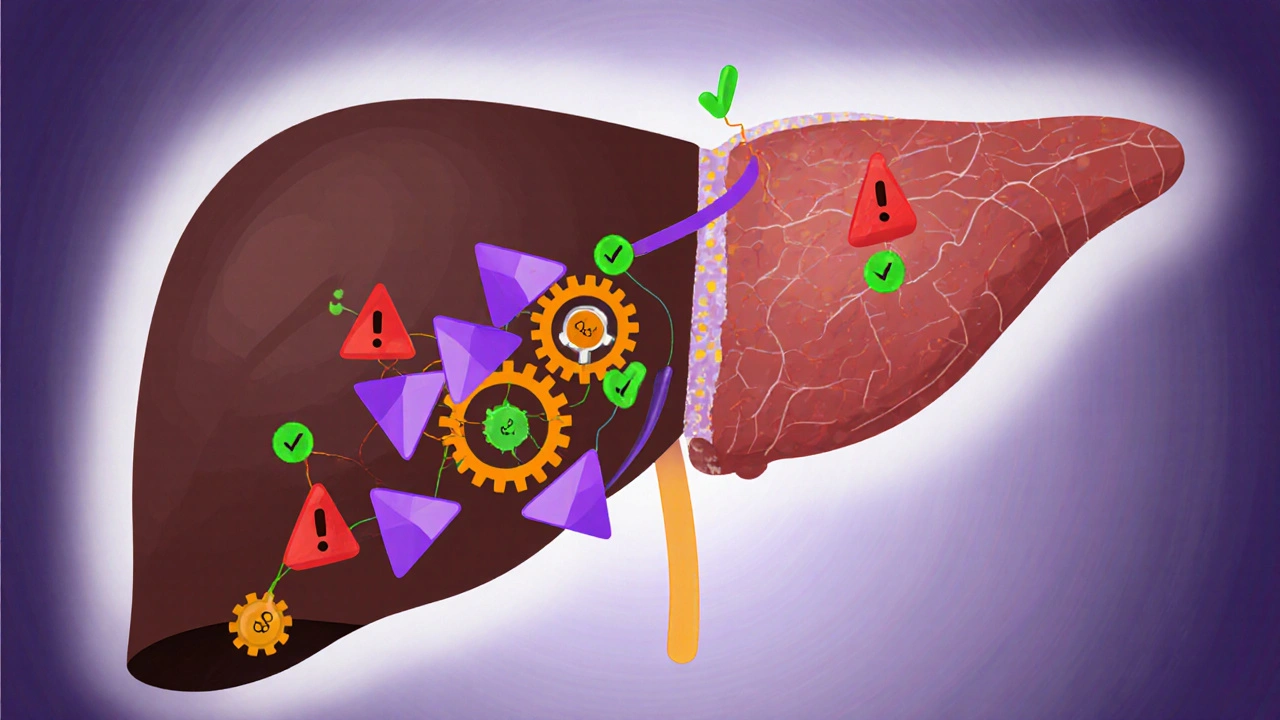
Who Should Consider These Medications?
These aren’t first-line options. Statins still win for most people because they’re stronger and cheaper. But here’s when your doctor might suggest one of these:
- You tried at least two different statins and had muscle pain, weakness, or cramps that didn’t go away.
- You’re at high risk for heart disease (diabetes, family history, prior heart event) but can’t tolerate statins.
- Your LDL is still too high even on the highest dose of statin you can handle.
- You’re looking for an oral option - not a monthly injection like PCSK9 inhibitors.
Doctors usually confirm statin intolerance by doing a “rechallenge.” That means trying different statins at lower doses over 3 to 6 months to see if the side effect is real or just a fluke. If the pain keeps coming back, then alternatives like ezetimibe or bempedoic acid become the next step.
What About Cost and Insurance?
Cost is the biggest hurdle - especially for bempedoic acid. Generic ezetimibe is dirt cheap. Nexletol? Without insurance, it’s around $230 a month. Even with GoodRx discounts, it’s still $200+. Most insurance plans require prior authorization. Some only cover it if you’ve tried and failed statins first.
That’s why many patients on Reddit and PatientsLikeMe say they’re “stuck between a rock and a hard place.” One user wrote: “I got approved for Nexletol after 6 months of appeals. My co-pay is $50. I’m grateful - but I can’t imagine paying full price.”
There’s a new combo pill - Nexlizet - that mixes bempedoic acid and ezetimibe in one tablet. It’s more effective, but even pricier. Still, for some, it’s worth it. One patient reported: “My LDL went from 158 to 92 in 3 months. No muscle pain. I’d pay $200 a month if I had to.”

What You Need to Know Before Starting
Both drugs are taken once a day, with or without food. You’ll need a blood test before you start and again at 4 to 12 weeks to see how your LDL changed. A good response is a 10% to 15% drop.
For bempedoic acid, there are a few important warnings:
- Don’t take it with high-dose simvastatin (over 20 mg) or pravastatin (over 40 mg). The combination can raise statin levels too high.
- There’s a small risk of tendon rupture - about 0.5% in trials. If you feel sudden pain in your shoulder, Achilles, or wrist, stop and call your doctor.
- It’s not recommended if your kidney function is severely low (eGFR under 30).
Ezetimibe has almost no restrictions. It’s safe in kidney disease, liver disease, and even pregnancy (Category B). It’s also not known to interact with many other drugs.
What’s Next for These Drugs?
The field is evolving fast. The CLEAR CardioTrack trial, with results expected in late 2025, is using ultrasound to see if bempedoic acid actually shrinks plaque in arteries. If it does, that’s another big win.
Meanwhile, ezetimibe’s market share is slowly shrinking as more people switch to newer options. But it’s not going away. For many, it’s still the smart, simple choice.
Bempedoic acid? It’s gaining ground. Experts predict it could be used by 35% to 40% of statin-intolerant patients by 2027. That’s not because it’s better than statins - it’s because it’s the only oral option that gives real protection when statins aren’t an option.
Bottom line: You don’t have to give up on lowering your cholesterol just because statins don’t work for you. Ezetimibe and bempedoic acid aren’t perfect. But they’re real, proven, and accessible. The goal isn’t to find the strongest drug - it’s to find the one you can take safely, every day, for the rest of your life.
Is ezetimibe as good as a statin for lowering cholesterol?
No, ezetimibe is not as strong as a statin. It lowers LDL by 15% to 22% on its own, while moderate statins lower it by 30% to 50%. But ezetimibe works differently - it blocks cholesterol absorption in the gut - so it’s often added to a low-dose statin to get an extra 18% to 25% drop. It’s not a replacement for statins, but it’s a helpful tool when statins can’t be used.
Does bempedoic acid cause muscle pain like statins?
No, bempedoic acid is designed to avoid muscle side effects. It’s activated only in the liver, not in muscle tissue. In large trials, muscle pain rates were 5.1% with bempedoic acid - nearly the same as placebo (6.8%). That’s why it’s the top choice for people who can’t tolerate statins due to muscle pain.
Can I take ezetimibe and bempedoic acid together?
Yes - and there’s a pill that does it for you: Nexlizet. It combines 180 mg of bempedoic acid with 10 mg of ezetimibe in one daily tablet. Together, they lower LDL by 35% to 40%, which is more than either drug alone. This combo is often used when a patient needs stronger LDL lowering but can’t take high-dose statins.
Is bempedoic acid worth the high cost?
It depends. If you’re statin-intolerant and at high risk for heart disease, yes - because it reduces heart attacks and strokes. The cost is high ($230/month), and insurers often require prior authorization. But for people who can’t use statins, it’s one of the few oral options with proven life-saving benefits. Generic ezetimibe is cheaper, but it doesn’t reduce heart events. The value isn’t just in the number on the lab report - it’s in what it prevents.
How long does it take for ezetimibe or bempedoic acid to work?
You’ll usually see changes in your LDL levels within 2 to 4 weeks. But doctors typically wait 4 to 12 weeks to do a follow-up blood test to see the full effect. For bempedoic acid, the cardiovascular benefits take longer - they were measured over 3.5 years in the CLEAR Outcomes trial. So while the cholesterol drop happens quickly, the real benefit - fewer heart events - builds over time.
Are there any long-term safety concerns with bempedoic acid?
The longest data available is from the CLEAR Outcomes trial, which followed patients for about 4 years. During that time, the main safety concerns were joint pain and a small risk of tendon rupture (0.5%). No new major risks have emerged. Long-term data beyond 5 years is still being collected, but so far, it looks safe for ongoing use in people who need it.
Can I use these medications if I have kidney problems?
Ezetimibe is safe for all levels of kidney function. Bempedoic acid is not recommended if your kidney function is severely reduced (eGFR under 30 mL/min/1.73m²). In that case, the drug can build up in your body and increase side effect risks. If you have mild or moderate kidney disease, your doctor may still prescribe it with monitoring.

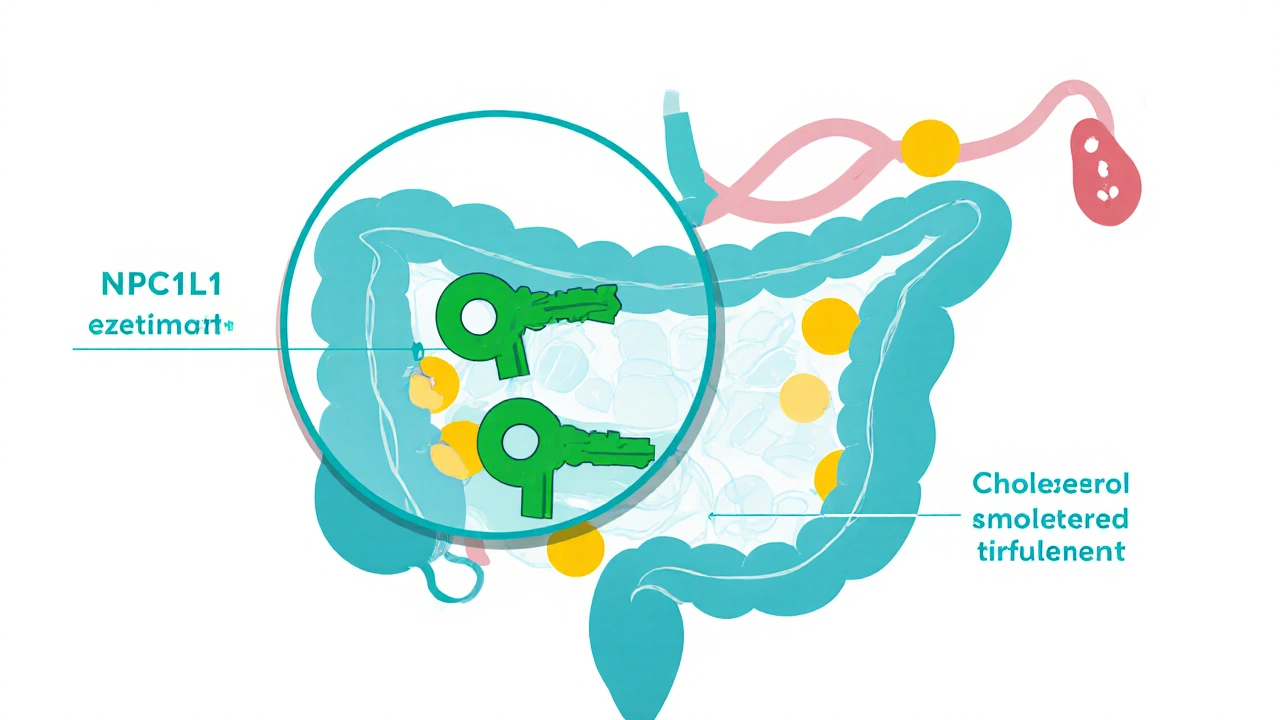

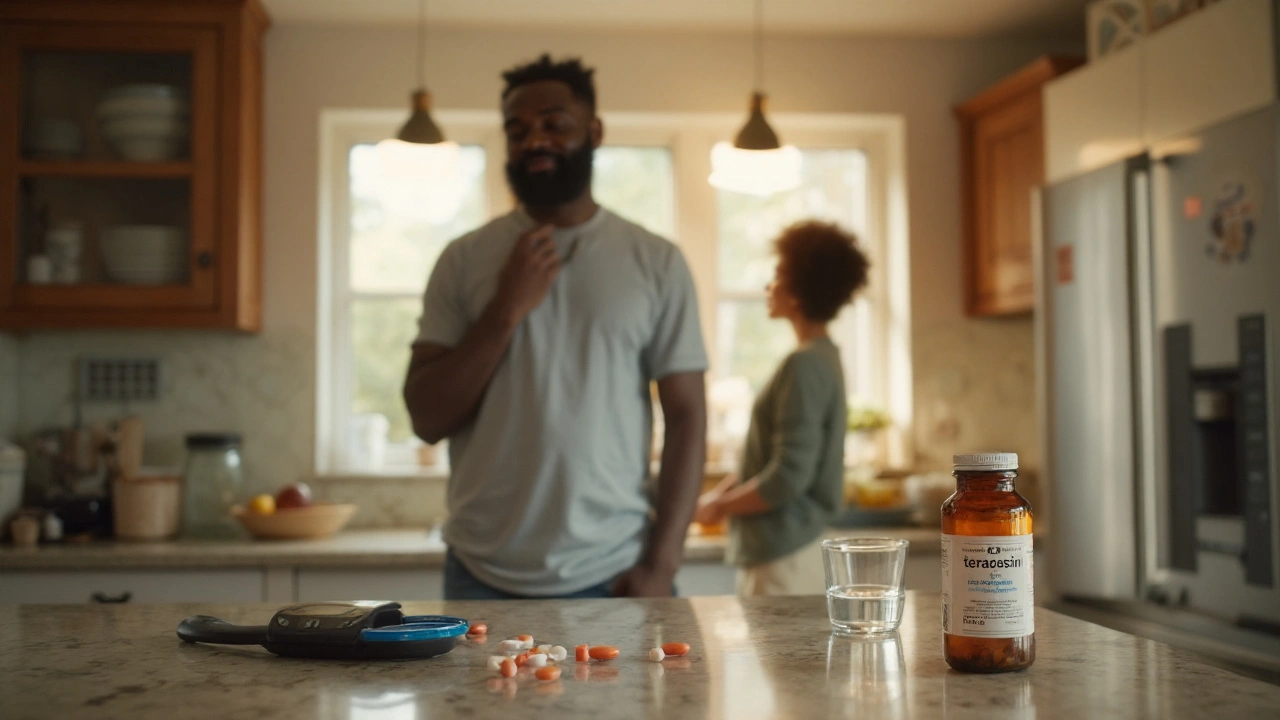

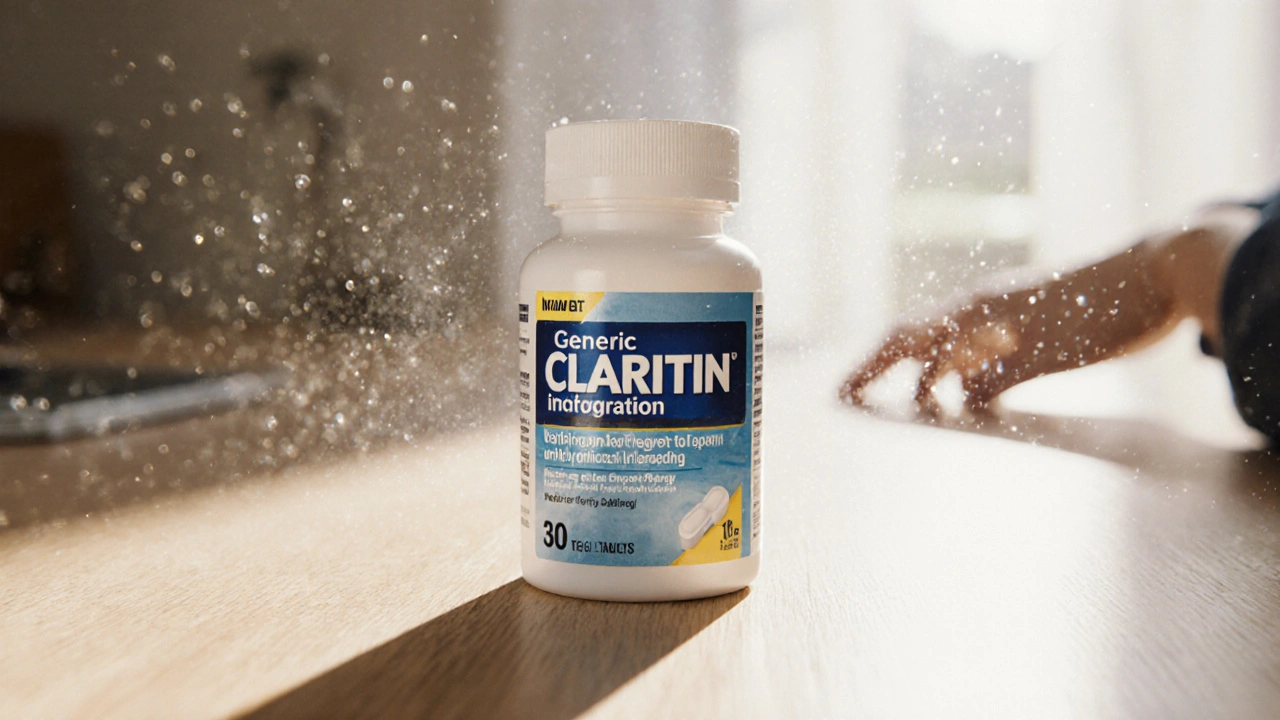
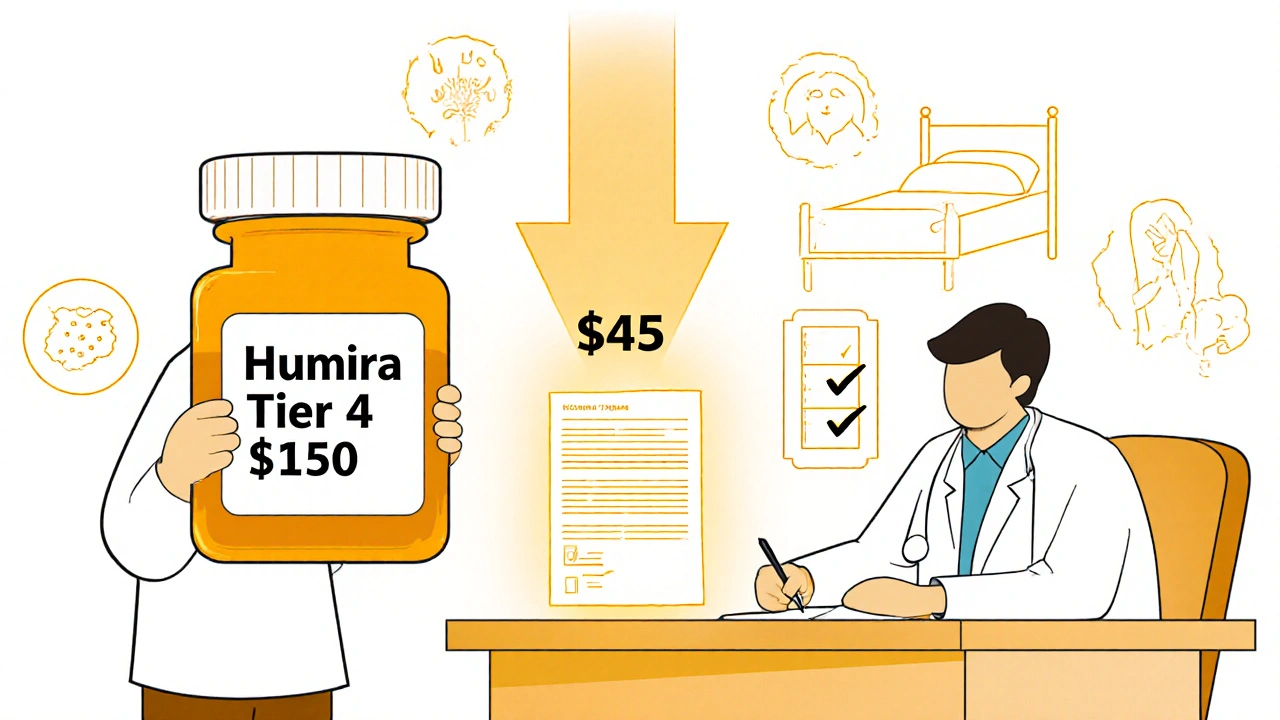

9 Comments